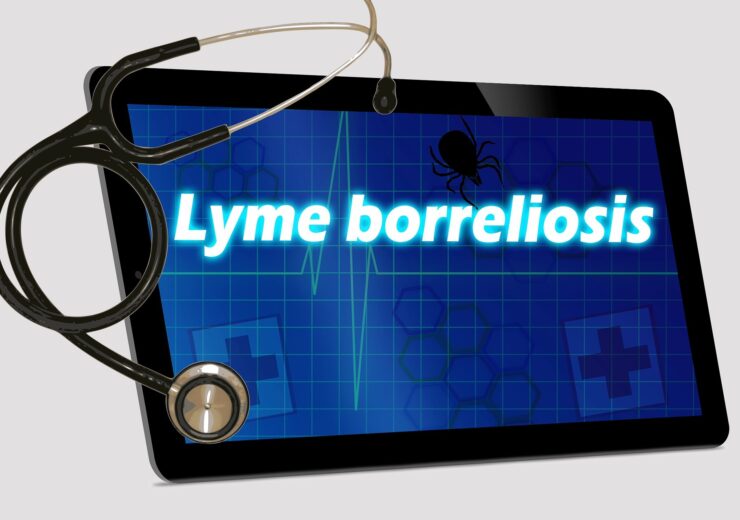The T2Lyme Panel is designed to screen people who exhibit Lyme disease symptoms and help with the early identification of the disease

T2 Biosystems receives Breakthrough Device Designation from FDA for T2Lyme Panel. (Credit: kalhh from Pixabay)
T2 Biosystems has received the Breakthrough Device Designation from the US Food and Drug Administration (FDA) for its T2Lyme Panel.
The T2Lyme Panel is a molecular diagnostic test that is intended to operate on the FDA-cleared T2Dx instrument and identify Borrelia burgdorferi, Borrelia afzelii, and Borrelia garinii, the three bacteria that cause Lyme disease.
Lyme disease is a bacterial infection caused by Borrelia pathogens and is spread to humans via the bite of infected ticks.
The firm said the T2Lyme Panel is designed to screen people who exhibit Lyme disease symptoms and help with the early identification of the illness.
T2Biosystems chairman and CEO John Sperzel said: “We are pleased with the FDA’s decision to grant Breakthrough Device Designation for the T2Lyme Panel, as it brings us one step closer to providing clinicians with a valuable tool to detect Lyme disease earlier.
“Similar to the value proposition of our sepsis panels, we believe the T2Lyme Panel will allow clinicians to ensure patients receive the appropriate therapy faster, and prevent the negative impact of a delay in delivery of appropriate therapy and the overuse of antibiotics.”
Sperzel added: “This achievement follows the decision by the U.S. Patent and Trademark Office to grant T2 Biosystems a patent covering the T2Lyme Panel, ‘NMR Methods and Systems for the Rapid Detection of Tick-Borne Pathogens’ and we look forward to further advancements with our T2Lyme Panel.”
According to the firm, there are currently no FDA-cleared sensitive diagnostic tests for the early diagnosis of Lyme disease.
T2 Biosystems said that enzyme immunoassay and western blot have traditionally been used in the laboratory diagnosis of Lyme disease to look for antibodies against Borrelia burgdorferi in a patient’s blood.
